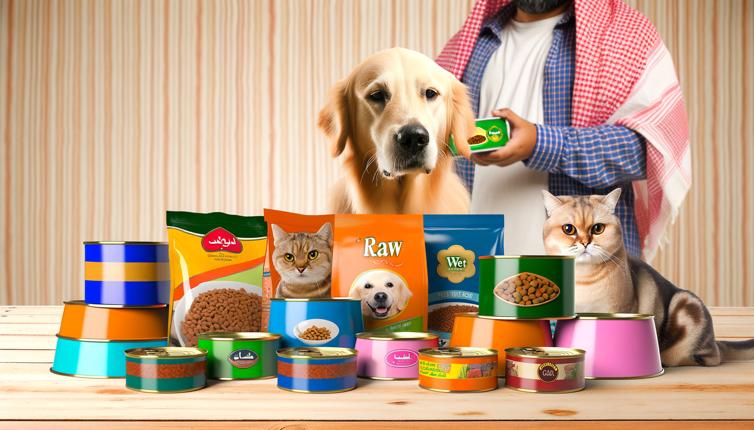Understanding Your Pet's Nutritional Needs
Before you start searching for the best pet food, it's important to understand your pet's nutritional needs. Different pets have different dietary requirements based on their age, breed, size, and health conditions. Consult your veterinarian to determine the specific nutritional needs of your pet.,Generally, a balanced pet diet should include proteins, carbohydrates, fats, vitamins, and minerals. Look for pet foods that contain high-quality ingredients and are formulated to meet AAFCO (Association of American Feed Control Officials) standards.,Keep in mind that the nutritional needs of your pet may change over time, so it's important to regularly assess their diet and make necessary adjustments.
Reading Pet Food Labels
When choosing pet food, reading the labels is crucial. Look for labels that clearly state the ingredients and their percentages. Avoid pet foods that contain fillers, by-products, and artificial additives.,Check for the following information on pet food labels:,- Ingredient List: Make sure the main ingredients are high-quality proteins like chicken, turkey, or fish.,- Guaranteed Analysis: This section provides information on the minimum and maximum percentages of protein, fat, fiber, and moisture in the food.,- Feeding Guidelines: Follow the recommended feeding guidelines based on your pet's weight and activity level.,Additionally, if your pet has any specific dietary requirements such as grain-free or hypoallergenic food, look for labels that cater to those needs.
Considering Your Pet's Age and Size
Your pet's age and size play a significant role in determining the right type of food. Puppies and kittens have different nutritional needs compared to adult dogs and cats. Look for pet foods that are specifically formulated for their age.,For small or large breed dogs, consider their size when choosing pet food. Large breed dogs may require food with controlled levels of calcium and phosphorus to promote healthy bone growth.,If you have a senior pet, look for pet foods that are tailored to support their joint health and overall vitality.,Consult your veterinarian for specific recommendations based on your pet's age and size.
Conclusion
Choosing the best pet food requires careful consideration of your pet's nutritional needs, reading labels, and considering their age and size. Remember to consult your veterinarian for personalized recommendations. By providing your furry friend with the right food, you can ensure their overall health and happiness.









